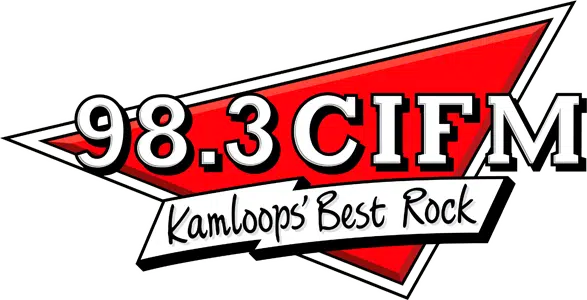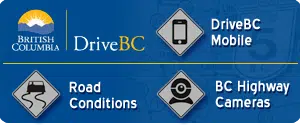The good, the bad and the unknown: how Kamloops schools are approaching AI in classrooms

KAMLOOPS — There are plenty of ways for people to use Artificial Intelligence (AI) lately, and schools at every level have had to adjust for the new wave of technology.
“Artificial Intelligence is integrated into the curriculum, it’s integrated into the teaching practices and it is integrated into conversations around ethics and academic integrity,” said SD73 Superintendent Rhonda Nixon.
School District 73 is taking a realistic approach to the use of AI — acknowledging it is widely available and students are likely going to wind up using it at some point. Making sure they are taught how to properly use it in academic settings is key, which is where the district’s technology coordinator, Elizabeth DeVries, comes in.
“It’s different in every curriculum area, and so that’s kind of the conversation we’re starting,” DeVries explained. “To have students understand what AI is, a little bit about how AI works, and how does it apply in their specific course and subject.”
At the university level, Thompson Rivers University is taking a similar approach. Dr. Brenna Clarke Gray, TRU’s Educational Technology Coordinator says faculty are teaching students to recognize the benefits and limitations of AI as a learning tool, rather than treating any AI use as ‘cheating’.
“Understanding the difference between truth fact research — and what a generative AI tool is doing — is I think a really important piece that we’re really working hard on both with students and faculty.”
Another focus of the university’s education around the technology is the ethical qualms with certain AI platforms. Gray cites labour issues with underpaid, under-protected workers and a low level of sustainability.
“The most recent research suggests that it’s about 500 millilitres of clean drinking water to run a 20-to-25-question thread through ChatGPT,” she explained.
To catch unethical use of it, AI detectors exist, but Gray says they are not reliable enough. For now, faculty try to have direct conversations with students about where it has been used and design assignments with specific, or personal, details.
“The more assignments can be specific to the actual experience of the classroom, the more obvious it will be when a very generic AI response crosses a faculty member’s desk. These are not perfect solutions. We’ve never had a perfect solution in the entire time that there have been written assignments in universities.”
Similar to previous waves of new technology, educators at all levels says it is important to teach students how to use the latest tech, while making sure artificial intelligence doesn’t cause them to miss key parts of the learning experience.



